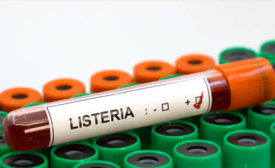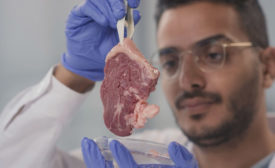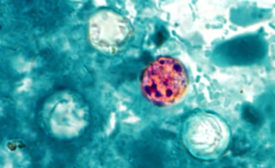Microbiological
How WGS Continues to Change Food Safety
Whole genome sequencing is helping identify the root cause of more foodborne illness outbreaks
February 16, 2022
Marine Biotoxin Control for Molluscan Shellfish
It is critical to ensure the appropriate control of marine biotoxins to prevent contaminated product from reaching consumers
February 16, 2022
Predictive Modeling for Food Safety and Quality of Meat Products
When determining shelf life for meat products, the use of predictive modeling can help prevent spoilage and preserve freshness
December 21, 2021
Foodborne Parasites: An Insidious Threat to Food Safety and Public Health
Often neglected in risk assessments, foodborne parasites deserve more scrutiny—and prevention
October 18, 2021
A Small Survey of Food Safety Practices by Frozen Vegetable Suppliers
A glimpse into the practices of the frozen-food supply chain
June 20, 2021
Never miss the latest news and trends driving the food safety industry
eNewsletter | Website | eMagazine
JOIN TODAY!Copyright ©2025. All Rights Reserved BNP Media.
Design, CMS, Hosting & Web Development :: ePublishing












